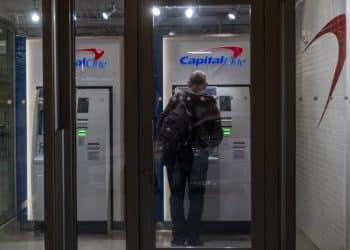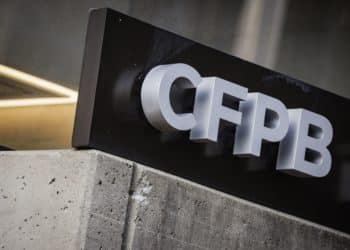New Teller Software to Be Rolled Out in 2014 by Jack Henry
 Everyone knows 2014 will see more mobile banking adoption – but the most important innovations may happen in the branch.
Everyone knows 2014 will see more mobile banking adoption – but the most important innovations may happen in the branch.
Jack Henry & Associates Inc., a provider of bank technology solutions, is preparing a wide roll out of its Silverlake Xperience teller solution in 2014, Bank Innovation has learned. The product allows tellers to handle the “customer of the future,” who expects speed and convenience in his bank interactions.
Conventional wisdom is that branch networks will contract as transactions migrate to mobile, but this is not happening just yet. The overall number of branches at large banks is holding steady, and even rising slightly. JPMorgan Chase reported that it had 5,652 branches last quarter, an increase of 56 branches over the same quarter last year. US Bank, meanwhile, had 3,088 branches at the end of last quarter, an increase of two branches over last year.
“Banks that have been successful on mobile are changing their branches, as well,” said Stan Viner, general manager of sales at Jack Henry. “Banks are looking to hire a different kind of employee — more tech-savvy and more of a generalist than a specialist. There are also new ways to interact, such as video banking, and physical reconfiguration of the space.”
Bank lobbies are being reconfigured to be more open, with mobile agents helping customers using tablet computers, interactive touch screens, and open teller stations, rather than a row of desks behind glass. By now this “branch of the future” is a familiar discussion point. Viner sees implementation of the bank of the future ramping up dramatically in 2014.
“We’re seeing banks that have had these products maybe two to three years getting employees retrained and rehired to use them,” he told Bank Innovation.
He cited Extraco Banks, headquartered in Waco, Texas, and First National Bank of the Gulf Coast, based in Naples, Fla., as notable examples of banks at the leading edge of this trend.
But perhaps the most transformative technology is that placed in front of the teller. Debbie Wood, general manager of marketing and industry research at Jack Henry, pointed to Jack Henry’s Xperience product, part of the company’s Silverlake core banking package. Built on the Microsoft .NET framework, the Xperience application interface allows for the integration of third-party products and allows bank employees to see all of a customer’s products with the bank at once.
“Xperience gives a consistent look and feel and offers the employee a bank-customized screen that can contain all the information for that customer on one screen,” Wood said.
75 banks are testing Xperience now, and Jack Henry is preparing for a wider roll out to 175 customers in 2014.
Viner explained how a teller may be juggling several applications at once, and the customer could be frustrated as he waits for a teller to switch between systems and re-enter information already entered elsewhere. “A teller may be dealing with account-opening software from Harland, the Jack Henry teller solution, CRM [customer relationship management] software] and document management software for scanning a driver’s license,” Viner said.“ Xperience ties all this together.”
The goal is to make the teller’s life easier as the branch requires each individual employee to do more. Viner also sees banks outsourcing technology work to vendors in 2014, and using data to aggressively pursue small businesses in their footprints.
Viner said, “With new tellers, more mobile consumers, new front-ends in corporate third-party products, and as the number of branch employees declines from seven to 3.5 — I’m not sure that half-employee works — tellers have to have that whole customer view front and center.”











